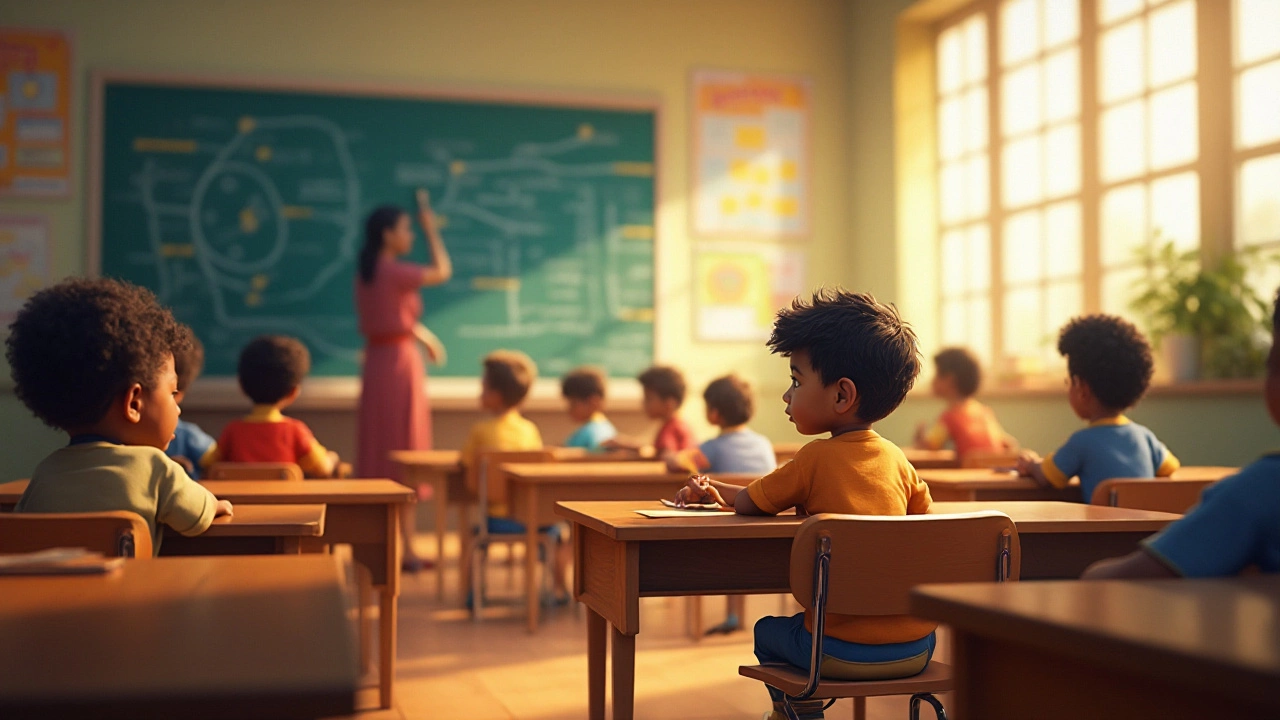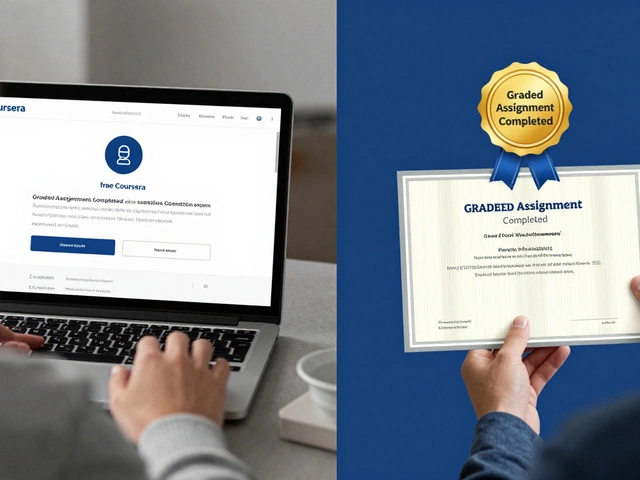Classroom Learning: What Works, What Doesn't, and How It Compares to Modern Methods
When we talk about classroom learning, the traditional model where students gather in a physical space with a teacher to absorb lessons in real time. Also known as face-to-face education, it's the system most Indian parents grew up with—and still trust for their kids. But here’s the truth: while it works for some, it’s failing others in ways we’re only starting to admit.
Classroom learning relies on three things: presence, pace, and repetition. You show up, the teacher speaks, you copy notes, you take a test. Simple. But what if your kid learns better by watching a video at 2 a.m.? Or if they need to pause, rewind, and try again five times before it clicks? That’s where eLearning, structured digital education that lets students learn anytime, anywhere, with interactive tools. Also known as online learning, it’s not just videos—it’s quizzes, feedback loops, and progress tracking built into the system comes in. Platforms like Duolingo and YouTube tutorials don’t replace teachers—they give students control. And that control? It’s what makes the difference for millions trying to crack JEE or NEET while juggling school.
Then there’s the hidden cost of classroom learning: silence. In a 50-student room, who gets to ask the real questions? Who gets help when they’re lost? Coaching centers like Allen or FIITJEE know this. That’s why they’ve built hybrid models—live lectures in a hall, then daily practice on apps, then doubt-solving over WhatsApp. teaching methods, the strategies educators use to deliver content, from lectures to peer discussions to project-based tasks. Also known as instructional approaches, they’re not one-size-fits-all. The best ones mix structure with flexibility. A student in a rural town might need printed worksheets. One in Delhi might thrive on AI-powered practice tests. Both are valid. Both are learning.
Classroom learning isn’t dead. But it’s no longer the only path to success. The posts below show how students are breaking free from rigid schedules, using apps to master English fluency, comparing offline vs online NEET coaching, and even coding on their phones. They’re not rejecting classrooms—they’re upgrading them. You’ll find real stories from students who cracked IIT JEE in two years without coaching, teachers who ditched textbooks for conversations, and parents who chose digital tools over crowded tuition centers. This isn’t about which method is better. It’s about which one works for you.

Classroom Learning vs eLearning: What's the Real Difference?
Classroom learning and eLearning have their own strengths and challenges. This article breaks down the real differences between the two, touching on how teaching happens, what flexibility looks like, and how students interact. You'll get specific, relatable examples to show how choosing one over the other actually impacts learning. Plus, there are practical tips if you're stuck deciding between online or in-person education. By the end, you’ll clearly understand which option might work better for your unique needs.

eLearning vs. Classroom Learning: Key Differences Explained
This article delves into the contrasting approaches of eLearning and classroom learning, shedding light on how technological advancements are reshaping the educational landscape. It explores the flexibility and accessibility offered by eLearning, in comparison to the traditional in-person interactions found in classroom settings. Readers will discover the unique advantages and limitations of each mode, providing insight into which may be most effective for their personal learning needs. As educational choices expand, understanding these differences becomes crucial for students and educators alike. Join the exploration of how modern education is evolving in this insightful article.



